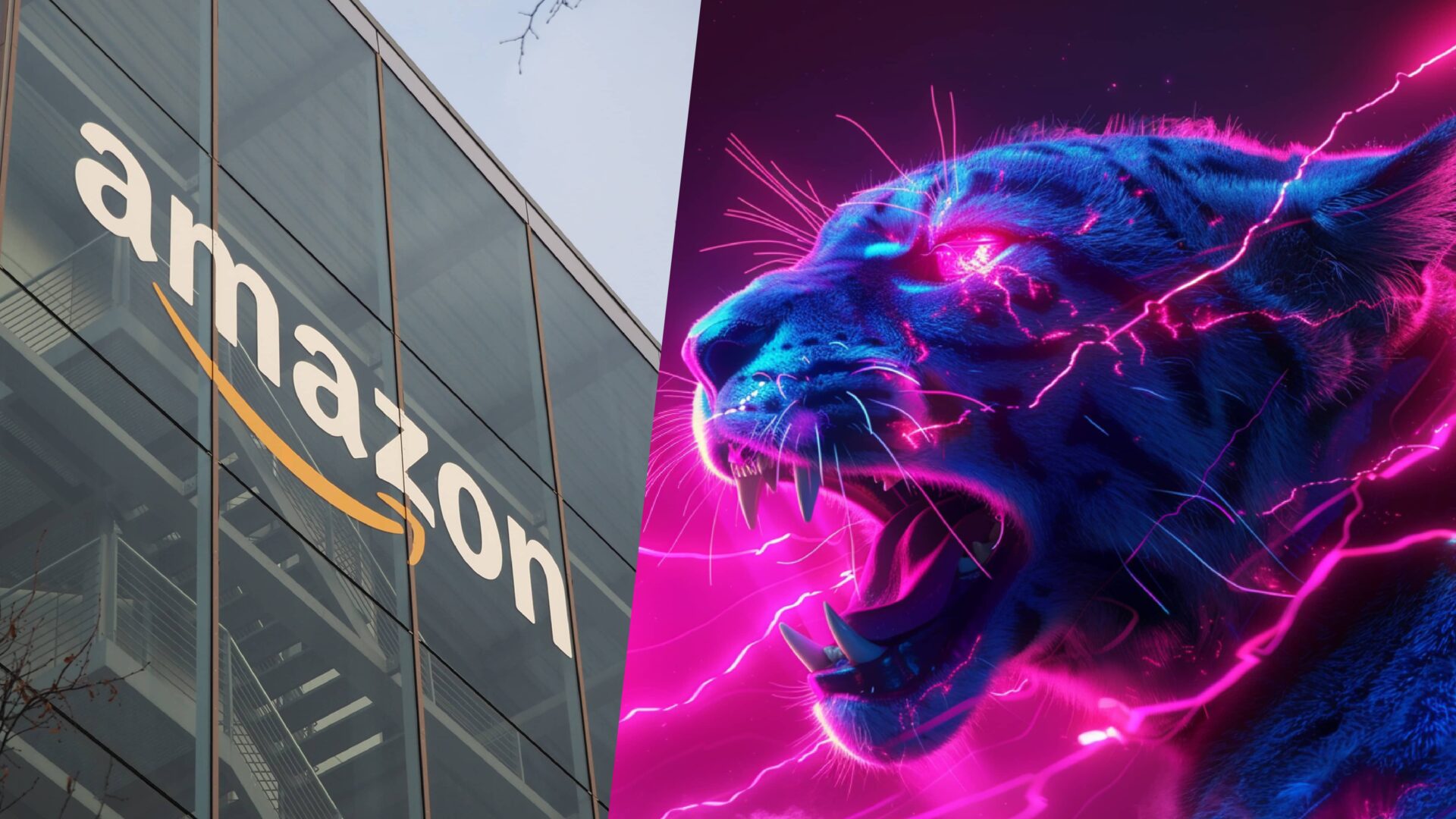The recent deal between YouTube star MrBeast and Amazon Prime Video to create the reality competition series Beast Games signals a monumental shift in the dynamics between brands, media companies and influencers.
On one hand, it’s evidence that the influencer marketing industry continues its rapid growth trajectory. As such, media companies can no longer afford to ignore the cultural impact of top influencers. This pivotal moment presents an opportunity for media to reach a new viewer demographic by partnering with influencers.
Brands that stubbornly cling to legacy media models are losing the interest of their audiences. To thrive today, media must proactively seek out influencer partnerships that bolster brands by cultivating younger digital-native consumers.
MrBeast’s Rise to Fame
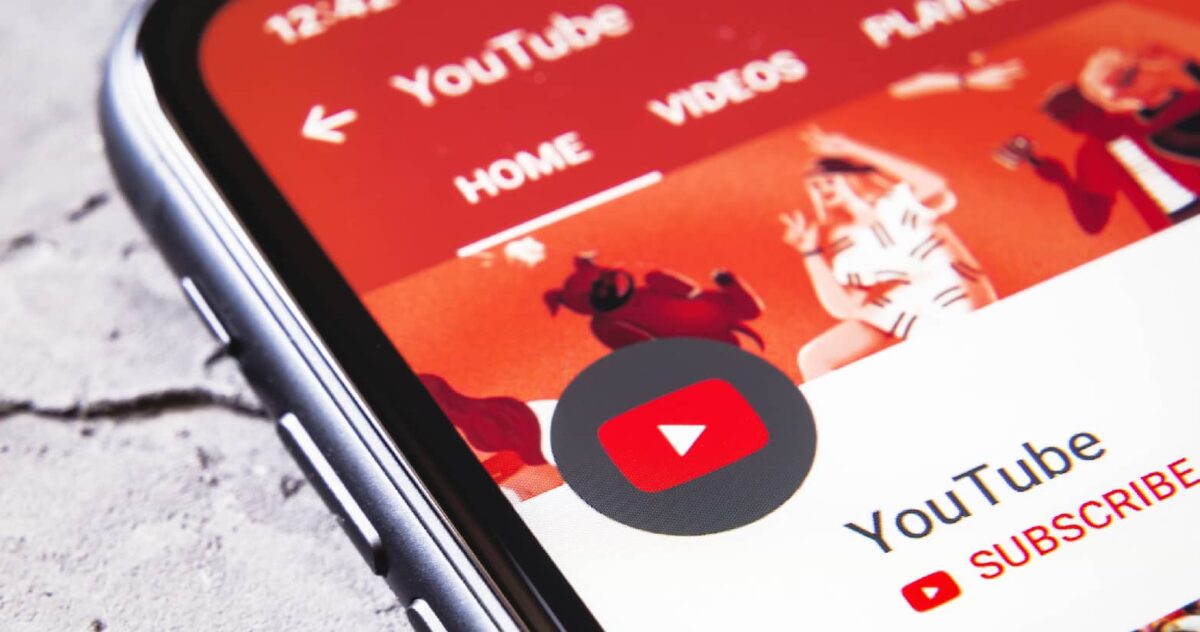
World-renowned YouTuber James Stephen “Jimmy” Donaldson has crafted an empire on the back of his personality. In fact, his alias MrBeast recently struck a major deal with Amazon Prime Video. As part of the deal, MrBeast will head up a new reality competition series: Beast Games.
Although the details have yet to be revealed, it’s important to observe what the move could mean for brands. At the very least, it’s a powerful reminder that influencers hold the key to a considerable volume of viewership.
Billion-Dollar Influencers
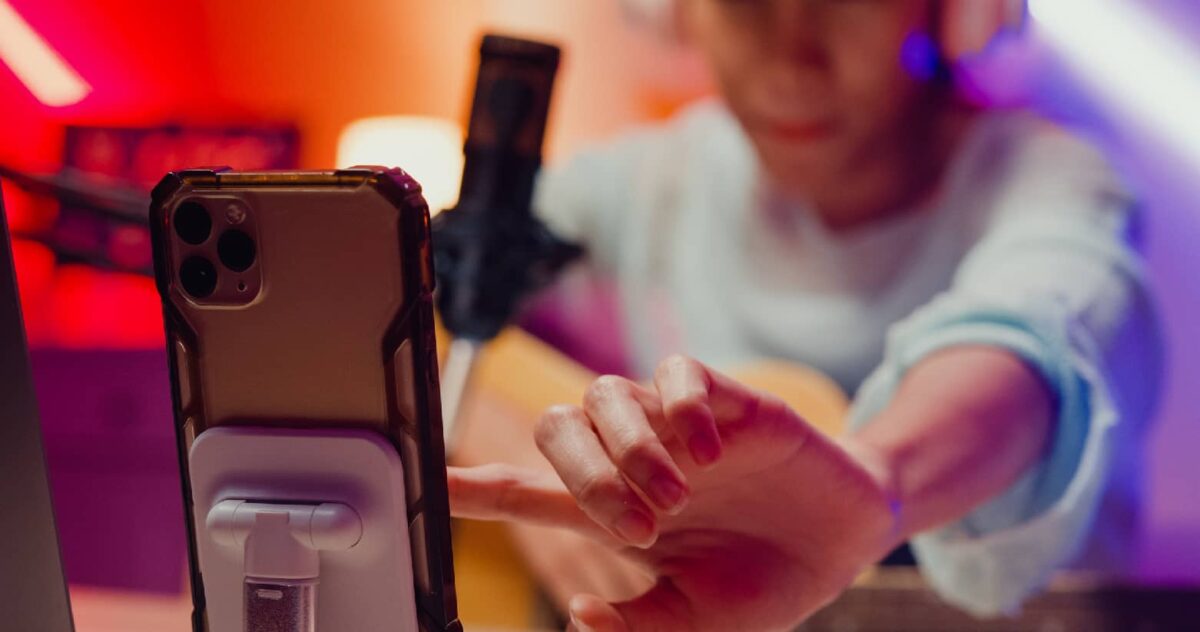
The influencer marketing model has grown substantially over the last decade. In Q4 of 2023, global influencer marketing surpassed $21.1B, more than tripling its value since 2019. As projections currently show, the influencer market will likely continue to expand, surpassing $22B by 2025.
Influencers Influence the Market (and Brands)
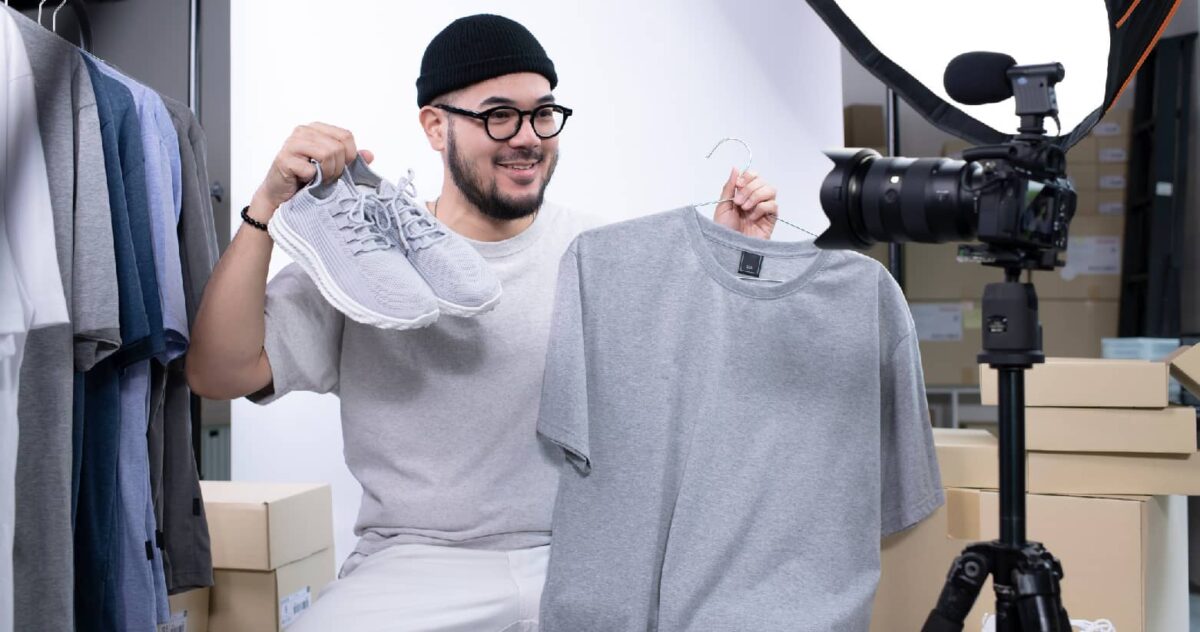
Influencers have drawn the attention of millions of viewers on a wide array of platforms, including Instagram, TikTok and YouTube. It was YouTube that launched the career of Donaldson. He began posting videos to YouTube in early 2012, at the age of 13. Now, with over 245 million subscribers, he is the most-subscribed-to individual on YouTube.
Viewership Supremacy

To put the size of his audience into perspective, the Super Bowl attracted 123.7 million viewers in February of 2024. This was the single most-viewed event within the last 4 years. MrBeast, however, averages over 128 million views on videos produced within a 30-day period monthly.
Now, we are talking about the largest and most successful influencer in the influencer space. But there are plenty of others who also attract a substantial following across Instagram, TikTok, Twitch, or other platforms. Take Khabane (Khaby) Lame, for instance. He currently ranks as the top TikTok influencer in the world, with 163 million followers.
Television’s Viewer Crisis

The cable television vertical has yet to capitalize on a substantial portion of viewership that exists within the influencer space. And for transparency, many of these verticals need a huge draw. According to data from Nielsen, TV viewership last July fell below 50% for the first time. Broadcast and cable each hit a new low of 20% and 29.6% within total TV usage. It’s no surprise that television has suffered viewership losses over the past several years. After all, consumers are projected to spend 4 trillion hours on social media in 2024 alone.
So, whether it’s a chicken or egg issue, influencer audiences are up while more traditional ones have dwindled.
Influencers to the Rescue?
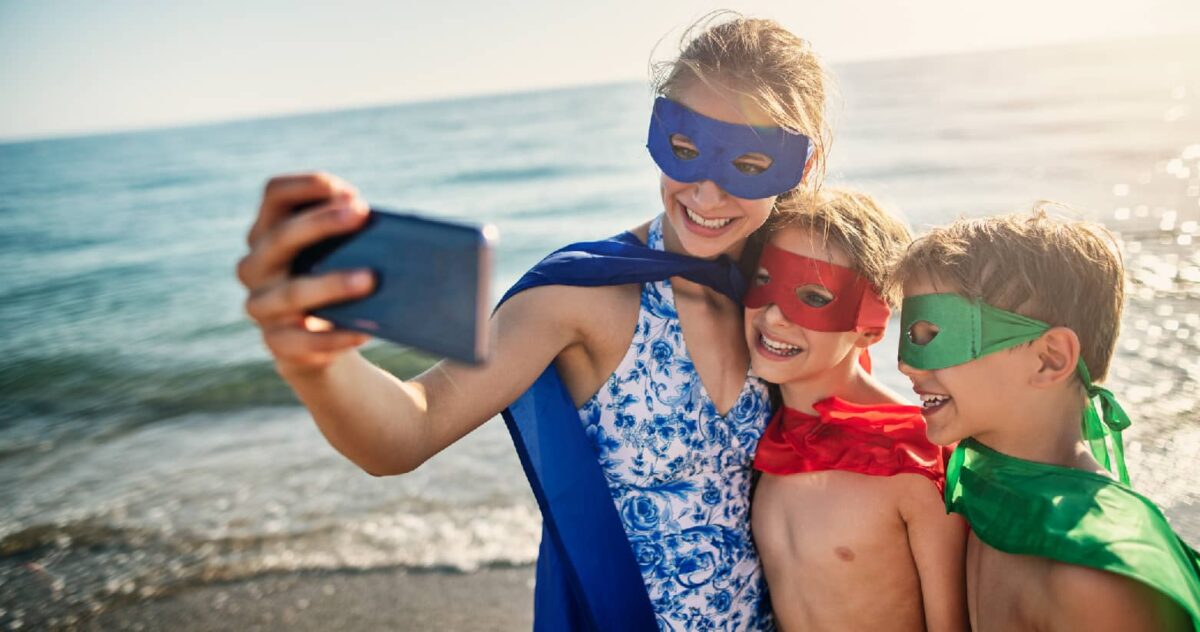
This may be the moment that causes the pendulum to swing in the influencer’s favor for a collection of television networks, and perhaps the streaming platforms as well, which are all competing against one another for attention dominance.
The rise of influencers partnering with television networks also presents a substantial opportunity for brands to increase their marketing exposure. As influencers bring their massive followings to television shows and drive new viewership, brands will be eager to get their products and services in front of those highly engaged audiences through sponsorships, product placement and advertising.
This creates a win-win-win ecosystem where television networks gain new viewers, influencers expand their reach and earn lucrative deals, and brands get valuable marketing real estate with desirable demographics. Major consumer brands have already begun to shift significant ad spend toward influencer marketing, and having influencers as the face of television shows opens an entirely new avenue to connect with consumers.
Celebrities 2.0

By spotlighting influencers, the media can drive new attention to traditional marketing models that have historically been successful with Hollywood actors, musicians and athletes.
As Donaldson capitalized on a significant deal with Prime Video, it could lead the way for other influencers being approached to lead similar ventures. We have all seen the pattern of entertainment studios booking celebrities in host seats across a range of game and reality shows in years past, from Family Feud and America’s Got Talent to Love is Blind. Even now, Logan Paul has is making his presence felt in the WWE, featuring in performances at premium live events under a multiyear contract.
Generational Divide

One of the other challenges on the doorsteps of many brands, television networks and streaming platforms alike is the generational transition in content types and preferences. With so many options now available to consumers, preferences have never been more divided among age groups. InMobi, which polled over 1,000 U.S. consumers, uncovered some key findings:
- Older millennials (ages 35-44) prefer television most, with 67% saying it was their favorite form of digital entertainment.
- Younger millennials (ages 25-34), who have much more diversified preferences beyond just television, such as gaming and user-generated content (UGC), follow close behind.
- However, older members of Gen Z (ages 18-24) overwhelmingly prefer UGC to streaming content. Specifically, 61% of Gen Z say UGC is the content they enjoy the most. This is followed by music/podcasts, gaming and only then TV.
The UGC Preference

The trend reflected within InMobi’s research shows how each generation has a natural tendency to stick with or prefer the media outlet they grew up with. Gen Z grew up in an era that revolved around UGC on a multitude of online platforms hosting an enormous content catalog from fashion to gaming.
As traditional media and brands recognize the potential of influencer partnerships, we can also anticipate a new era of collaboration that bridges the gap between generations and media preferences. Embracing these changes will be key for media companies aiming to stay relevant and capture the attention of younger, digitally native audiences.
A New Television Era?

An ecosystem where television networks can attract younger audiences through influencers, influencers can convert fans to television viewers, and brands can efficiently market to that captured audience could reinvigorate the legacy television model for a new era of media.
